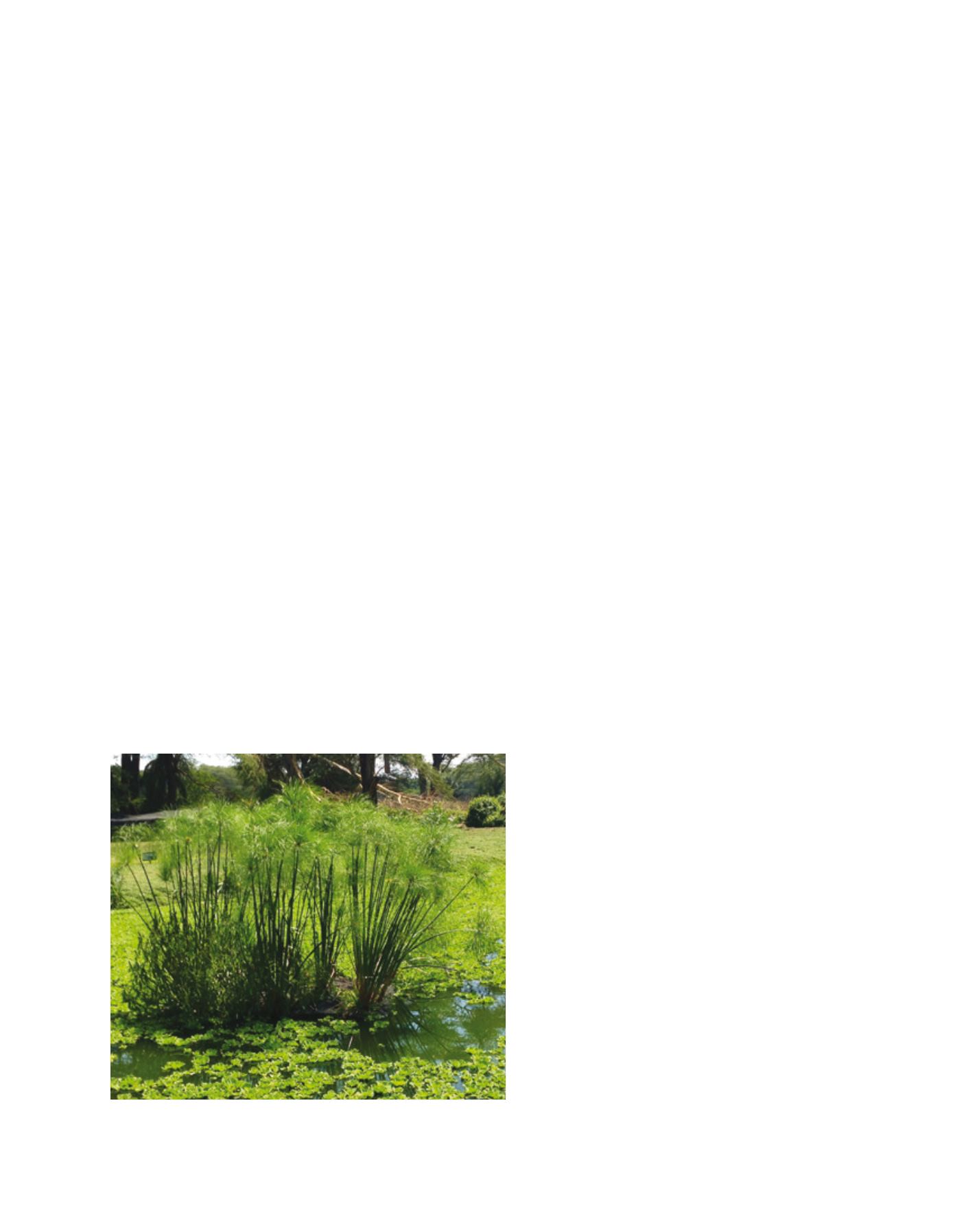

[
] 258
E
conomic
D
evelopment
and
W
ater
the plan and members of LNRA, on the grounds that they did not repre-
sent the interests of all stakeholders, and it was stalled just as it became
apparent that the lake was continuing to deteriorate. Evidence of its
ecosystem disruption by exotic species and loss of papyrus was already
clear, but now its eutrophication – enrichment – by the combined
impacts of soil erosion from catchment smallholder cultivations, nutri-
ent run-off from lakeside farms, and the impact of thousands of people
living without sanitation within a mile of the lake’s edge, was made
obvious by cyclical blooms of noxious blue-green algae.
Strengthening water cooperation
The first organization to take a positive initiative towards sustain-
able management of the lake in the new century – reviving water
cooperation – was the Lake Naivasha Growers Group (LNGG),
consisting of the major horticultural companies, some of whom
were also members of LNRA. LNGG commissioned consultants to
conduct an accurate water balance, which could form the basis of
a sustainable abstraction policy. By this time it was known that the
2002 Water Act would soon become law, so the policy could be
developed under this and not the stalled Management Plan.
The Water Act, implemented in 2005, was the country’s first
legislation to enable community participation since independ-
ence in 1963. It established a new authority, WRMA, with seven
basins within Kenya. WRMA was charged with establishing Water
Resource User Associations (WRUAs), to comprise all ‘legitimate
stakeholders’ for subcatchments within these basins. The catchment
of Lake Naivasha is within the Rift Valley basin with 12 WRUAs, the
most advanced of which is the Lake Naivasha WRUA (LaNaWRUA),
due to the history of moves to achieve sustainable use of the lake.
LaNaWRUA was registered as a society in June 2007 and elected its
first officials in October; in 2008 it signed a memorandum of under-
standing with WRMA to promote sustainable water management
in the catchment; in April 2009 it submitted a Water Allocation
Plan and Sub-Catchment Management Plan (SCMP) based on the
commissioned hydrological study.
WRUAs are open to membership of any water user who
has or should have a permit for extraction. LaNaWRUA
has six categories of water users – individuals, water
service providers, tourist operators, irrigators (divided
into groundwater and surface water), commercial users
(such as fish farming, power generation), and pastoralists.
The executive committee consists of two representa-
tives from each category, elected by category members.
LaNaWRUA has non-user members, called Observer
Members, without voting rights. LaNaWRUA recognizes
a wide range of stakeholders and seeks to enrol them in
local environmental management. It recently prepared an
SCMP which lists 42 stakeholders represented by other
WRUAs. These were slower to become constituted than
LaNaWRUA, but by 2010 all were in operation, being
guided under an ‘umbrella’ of all WRUAs, by Naivasha.
Over the same period, LNGG began to develop a
Payment for Ecosystem Services (PES) project. This was
originally conceived as a means of restoring the papyrus
that had been destroyed around the lake, so that the
growers would have a clear link between their payments
and the ecosystem service they were restoring. It was
later developed into payments for upper catchment
small farmers at the foot of the Aberdare mountains,
who were thus encouraged to grow trees and terrace
their land to arrest erosion. The scheme has proved
successful with the farmers, who have developed alter-
native livelihood streams as well as holding back their
soils, but it has not been possible to measure any subse-
quent improvements in the river or lake waters.
Water cooperation blossoms
During these developments, Kenya experienced a
prolonged drought. Between mid-2007 and the end of
2009 the water levels of Lake Naivasha dropped almost
3 metres, to a level that had not been experienced since
1946. This aroused international concern from the
media, irrigators, the customers of the cut flower produc-
ers and their governments. The WRUAs were too young
and inexperienced to respond with the required rapid-
ity, but three series of events were unfolding that helped
them to manage the crisis and come out stronger.
Firstly, organizations alarmed by news coverage such
as European governments and international non-govern-
mental organizations like the World Wide Fund for
Nature (WWF), were encouraged to contribute to indi-
vidual aspects of the solution. WWF and LNGG funded
LaNaWRUA to complete the first ever basin-wide survey
of water abstractors, which found that almost 97 per cent
were either unlicensed or their licences had expired. All
the WRUAs, as agents for WRMA, began registering
abstractors and collecting their licence fees. LaNaWRUA
organized and agreed with abstractors, through the other
WRUAs, a ‘traffic lights’ system of lake water use: at the
red level all abstraction ceased; at amber, abstraction was
reduced; and at green, abstractions could continue to the
level that the licence allowed.
Secondly, in early 2010 Kenyan Prime Minister Raila
Odinga talked with HRH the Prince of Wales at an inter-
A floating island planted with papyrus at the wastewater lagoon of one of
Finlays’ flower farms
Image: David M. Harper


















